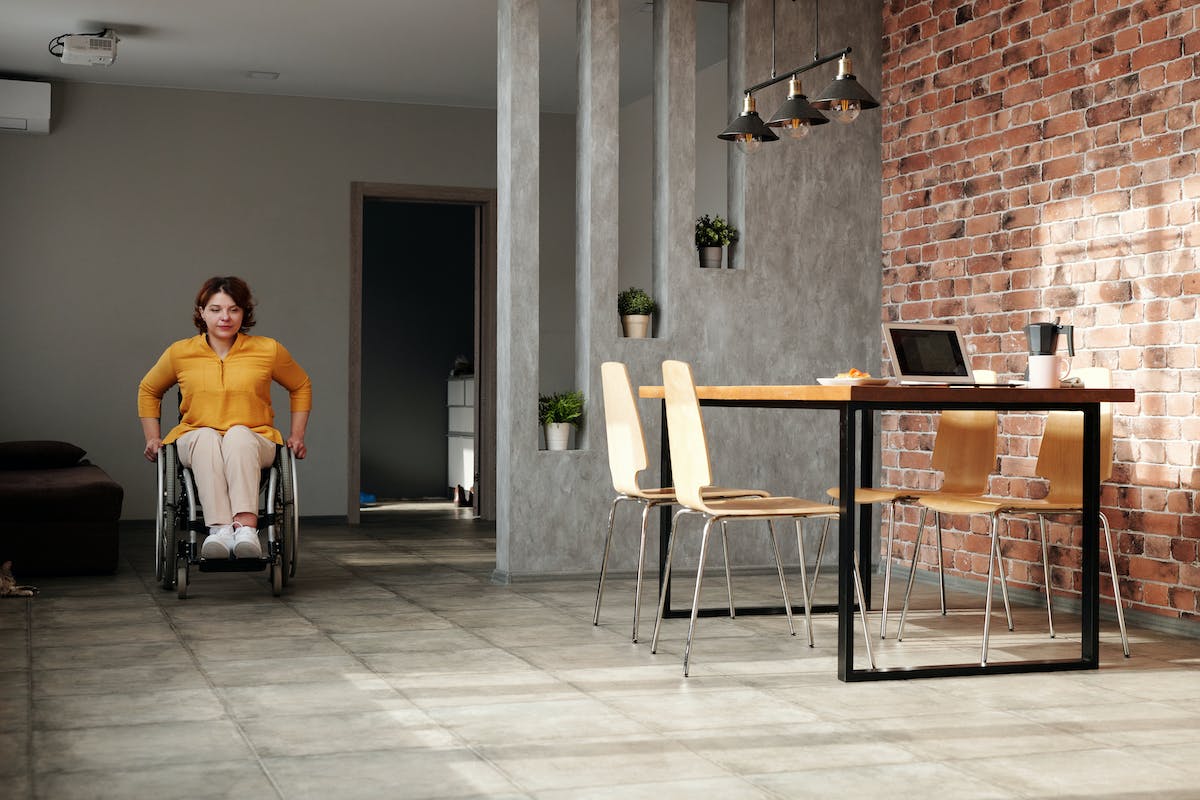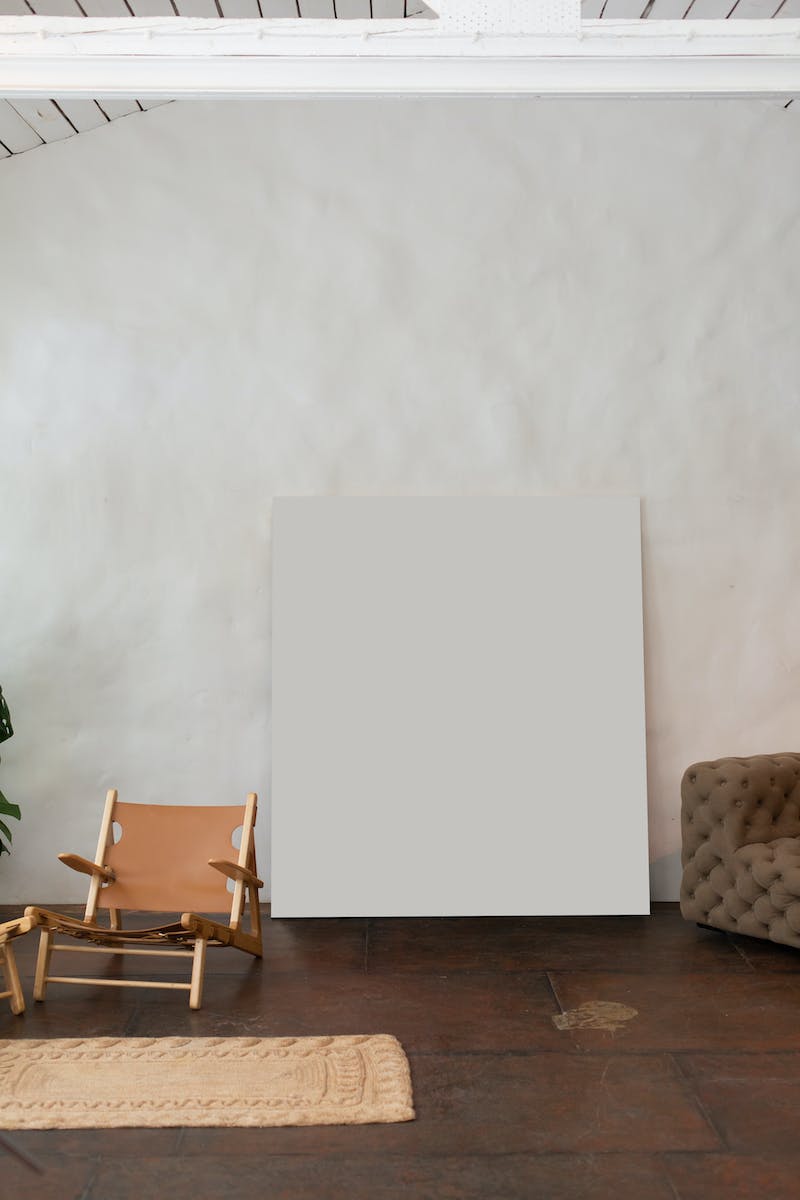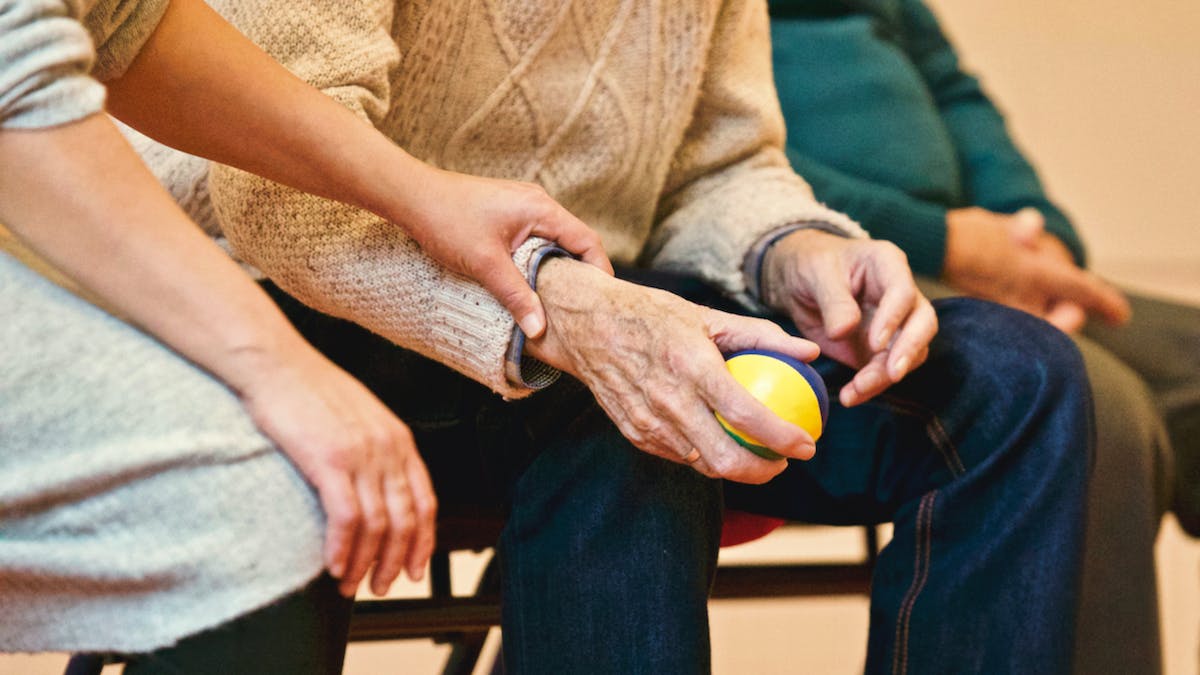Advertisement
Lifestyle
Six Ways to Make Your Home More Accessible for People with Disabilities

6 Items to Curate a More Accessible Home, According to Disabled …
1. Entrance and Exiting
Make the first move towards an accessible home right at your doors. It is crucial to ensure that the entrance and exiting points of a dwelling are effortless for people with disabilities to use. Now, this does involve a keen look into potential barriers, including but not limited to steps, narrow widths, non-automated doors, or even poor lighting.
Surely, this sounds overwhelming! But don’t worry—we’ve got some brilliant suggestions in store to help you modify entrances for disabled individuals. Consider ramp installations, automated or wider doors, and adequate illumination, for starters. These elements can decidedly maximize accessibility in your residence.
As much as this involves tangible adjustments to physical structures, it equally demands empathy and consideration. Remember, an accessible home is one that’s accommodating for everyone living in it, irrespective of their ability status.
To give you an idea, consider a house installed with a wheelchair ramp leading to the front door. This small alteration allows those relying on wheelchairs for mobility to easily access their home without any unnecessary hassle.
- An appropriate ramp gradient
- Non-slip flooring material
- Ample width to accommodate wheelchair maneuverability
- Adequate handrails for extra support
- Proper lighting along the ramp path
- Vivid border markings for visibility
2. Interior Layout
How your home’s interior layout is designed significantly impacts its accessibility. An accessible home layout minimizes mobility hindrances and creates comfortable navigation spaces for everyone, particularly disabled individuals.
Optimal accessibility calls for clear, uncluttered pathways within rooms and hallways, enough turning space for wheelchairs, and furniture arranged in a manner encouraging easy movement. Moreover, controlling factors like sound and light could add to the overall comfort.
In this section, we delve into more specific strategies for designing such a functional home. Keep reading to find novel ideas and inspirational suggestions that could transform your living space into a truly accessible paradise.
Let’s visualize a living room designed taking these parameters into consideration. Plush chairs are moved to the periphery, leaving the center free for wheelchairs or walkers. Extensive turning circles, tactile flooring, and shaded windows contribute to an environment fostering both comfort and accessibility.
- Uncluttered and wide pathways
- Sufficient turning space for wheelchairs
- Accessible seating options at various heights
- Noisy elements placed further away from seating areas
- Furniture edge protectors to prevent accidental bumps
- Shaded windows or blinds to manage light intensity
3. Bathrooms
Bathrooms—some of the most private sections of a house—tend to pose real challenges, especially for disabled individuals. This is why bathroom access and functionalities must be revamped for absolute ease-of-use.
A properly adjusted bathroom would include installations like grab bars, taller toilets, walk-in showers, and non-slip flooring to just name a few. Such modifications can significantly reduce potential risks linked with slipping, tripping, or falling.
This chapter explores a plethora of practical, aesthetically pleasing ways you can enhance your bathroom’s accessibility. Let’s take a dive into these intricacies and discover which alterations could best suit your needs.
Visualize a bathroom equipped with stainless-steel grab bars near the toilet and inside a spacious, open-floor shower. These, coupled with a well-lit vanity area and visible water temperature controls, create a secure and convenient space for the differently-abled.
- Taller toilets for easier seat-to-stand transition
- Substantial grab bars and railings for support when necessary
- Wide entry shower doors or doorless showers
- Rubber bath mats or other non-slip options
- Appropriately lit spaces
- Clearly visible water temperature controls
4. Kitchen Adjustments
Preserving one’s dignity and independence is a key aspect to keep in mind while designing accessible homes, and nowhere does this hold truer than in the kitchens. Making your kitchen layout friendly for all goes a long way in accomplishing this objective.
What does an accessible kitchen even look like? It incorporates adjustable countertop heights, ample circulation space, lower cabinets, reachable appliances, and knee spaces under sinks and workstations, among others. All these factors combined make meal prep, dining, and cleaning an enjoyable activity rather than an strenuous one.
In this guidepost, we will explore some noteworthy ways to readily modify your home kitchen, ensuring it suits people from every walk of life. Prepare to be enlightened by actionable insights and exceptional design techniques!
Imagine a kitchen equipped with countertops at multiple heights—lower ones fitting wheelchair users while taller ones catering to standing individuals. Also, envision appliances and cabinet shelves positioned within reach from both sitting and standing positions.
- Counter-tops at varying heights
- Adequate knee spaces under appliances
- Easily reachable cabinets
- Suitable lighting
- Appliances placed within arm’s length
- Cabinets and drawers with easy open-and-close mechanisms
5. Bedroom Necessities
An ideal bedroom comfort zone adapts in accordance with the occupant’s unique comfort and convenience needs. After all, we spend a significant part of our days within these cozy confines!
Customizing beds, placing easy-to-reach storage, quality lighting, low windows, and easy-operating window treatments significantly heighten bedroom accessibility for individuals with disabilities. Such adjustments impact lives on a day-to-day basis.
Let’s get straight into specifics related to bedroom accessibility features, shedding light on potential modifications that you might find appealing! Get set to discover ways innovation and empathy unite in making homes truly embracing for everyone.
Think about a bedroom with adjustable height beds providing ease during transfers. Couple this with reachable nightstands hosted with essential items, well-lit spaces, and lower windows offering a view outside, and we have an all-inclusive accessible setting.
- Elevated beds for easy transfers
- Low-height wardrobes and storage solutions
- Ample illumination both for general purposes and task lighting
- Accessible placement of switches, power outlets, and controls
- Aligning furniture to create free navigable space
- Non-slip carpeting or rugs strategically placed
6. Safety Measures
While it is essential to cater to the functional needs associated with home accessibility, ensuring safety cannot be undermined. A completely accessible home is one where comfort does not compromise safety measures specifically designed for disabled individuals.
Features like emergency exits, properly illuminated spaces, secure pathways, anti-slip floors, suitable alarms, and handrails amp up the safety level around the house. These might seem minor, but they greatly reduce the probability of accidents and emergencies.
So, how can you equip your home with these safety enhancements? Keep reading as we unveil some reliable and efficient safety measures aimed at creating an environment where everyone can feel relaxed and secure.
Consider a home installed with high-visibility alarm systems that offer both visual and auditory signals in case of an emergency. Brightly lit pathways, non-slip flooring, and handrails wherever necessary make navigation around the house safer and more convenient.
- Accessible escape routes for emergencies
- Bright illumination for key areas and paths
- Non-slip flooring across the house
- Easy-to-operate windows and doors
- Visibly marked utility controls
- Audio and visual alarm systems
Summary Table
| Area | Key Features |
|---|---|
| Entrance and Exiting | Ramps, automated doors, highlighting door edges |
| Interior Layout | Uncluttered space, accessible seating options, optimized furniture arrangement |
| Bathrooms | Heightened toilets, substantial grab bars, non-slip bath mats |
| Kitchen Adjustments | Varying countertop heights, easily reachable cabinets, adequate kitchen lighting |
| Bedroom Necessities | Elevated beds, low-height wardrobes, ample illumination |
| Safety Measures | Easily reachable emergency exits, bright illumination, non-slip flooring, audio and visual alarms |
To conclude, transforming your home into an epitome of universal design may not be an overnight journey, but every step counts. Every single modification you make amplifies comfort and ease for the differently-abled, potentially transforming their daily lives for the better. It’s also important to bear in mind that what works for one person might not work for another, as each individual’s needs are unique. Consultation with accessibility experts or occupational therapists can often help tailor a more personalized approach to home accessibility.












